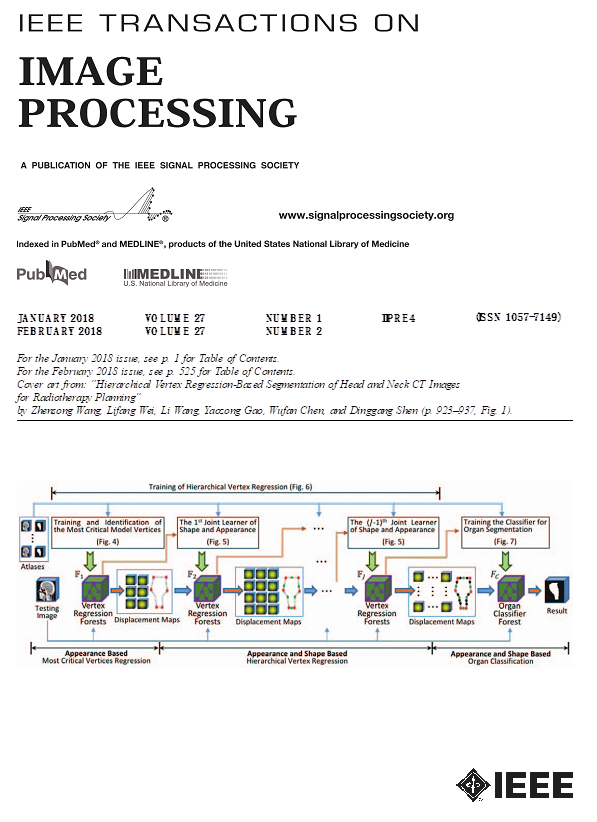Rethinking the Low-Light Video Enhancement: Benchmark Datasets and Methods.
IF 13.7
1区 计算机科学
Q1 COMPUTER SCIENCE, ARTIFICIAL INTELLIGENCE
引用次数: 0
Abstract
Low-light video enhancement is a critical task in computer vision with a wide range of applications. However, there is a lack of high-quality benchmark datasets in this field. To address this issue, we collect a high-quality low-light video dataset using a well-designed camera system. The videos in our dataset feature apparent camera motion and strict spatial alignment. In order to achieve general low-light video enhancement, we propose a Retinex-based method called Light Adjustable Network (LAN). LAN iteratively adjusts the brightness and adapts to different lighting conditions in various real-world scenarios, producing visually appealing results. We further develop a new dataset capture method and low-light video enhancement method to address the limitation of our previous dataset in capturing dynamic scenes and previous method. The new camera setup and capture method enable the recording of real continuous videos and generate the new dataset. Our new low-light video enhancement method, LAN++, leverages a new inter-frame relationship, difference images. It utilizes the texture information contained in the difference images of dynamic scenes to supplement the high-frequency details of the original features, which produce sharper and more realistic output images. The extensive experiments demonstrate the superiority of our low-light video dataset and enhancement method. Our dataset and code will be publicly available.低光视频增强的再思考:基准数据集和方法。
弱光视频增强是计算机视觉领域的一项重要任务,具有广泛的应用前景。然而,该领域缺乏高质量的基准数据集。为了解决这个问题,我们使用一个精心设计的相机系统收集了一个高质量的低光视频数据集。我们数据集中的视频具有明显的摄像机运动和严格的空间对齐。为了实现一般的弱光视频增强,我们提出了一种基于视黄醇的方法,称为光可调网络(LAN)。LAN迭代调整亮度并适应各种现实世界场景中的不同照明条件,产生视觉上吸引人的结果。我们进一步开发了一种新的数据集捕获方法和低光视频增强方法,以解决我们以前的数据集捕获动态场景和以前的方法的局限性。新的摄像机设置和捕获方法可以记录真实的连续视频并生成新的数据集。我们新的低光视频增强方法,lans++,利用了一种新的帧间关系,差分图像。它利用动态场景差分图像中包含的纹理信息来补充原始特征的高频细节,从而产生更清晰、更真实的输出图像。大量的实验证明了我们的弱光视频数据集和增强方法的优越性。我们的数据集和代码将是公开的。
本文章由计算机程序翻译,如有差异,请以英文原文为准。
求助全文
约1分钟内获得全文
求助全文
来源期刊

IEEE Transactions on Image Processing
工程技术-工程:电子与电气
CiteScore
20.90
自引率
6.60%
发文量
774
审稿时长
7.6 months
期刊介绍:
The IEEE Transactions on Image Processing delves into groundbreaking theories, algorithms, and structures concerning the generation, acquisition, manipulation, transmission, scrutiny, and presentation of images, video, and multidimensional signals across diverse applications. Topics span mathematical, statistical, and perceptual aspects, encompassing modeling, representation, formation, coding, filtering, enhancement, restoration, rendering, halftoning, search, and analysis of images, video, and multidimensional signals. Pertinent applications range from image and video communications to electronic imaging, biomedical imaging, image and video systems, and remote sensing.
 求助内容:
求助内容: 应助结果提醒方式:
应助结果提醒方式:


